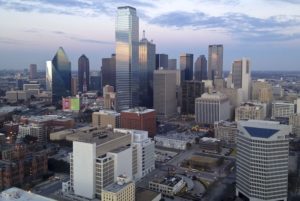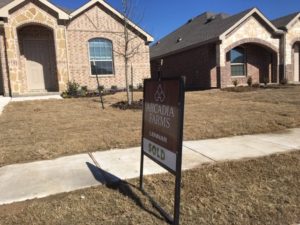By JOHN KANELIS / johnkanelis_92@hotmail.com
My wife and I moved two years ago from a remote region of Texas into the middle of the Dallas/Fort Worth Metroplex … and this election season is giving us a lesson in the difference between the region.
It lies in the volume of political ads we get plastered on our TV sets throughout any given day.
The Metroplex straddles multiple congressional and Texas legislative districts. The region’s TV stations broadcast far and wide, which means the candidates running for office must use the stations to broadcast their message.
We have no fewer than eight congressional districts being contested here. I have lost count of the legislative districts. When we watch our evening programming and they break for “commercials,” we can watch at least five, maybe six, political ads in that span of time. Next break? More of the same, quite often with the same ads!
Compare that with our TV viewing in the Texas Panhandle. Amarillo is in the midst of the 13th Congressional District. The region has four legislative districts. Here, though, is the rub: The legislative districts rarely feature two-party contests, with Republicans vs. Democrats. It’s usually just a GOP walk-over. So, we get none of the local pressure.
Of course, too, we have a hotly contested U.S. Senate race in 2020. GOP Sen. John Cornyn is fighting hard against Democratic challenger M.J. Hegar and the two of them are going hammer-and-tong against each other over the air.
Then we have the presidential race. Joe Biden is running ahead of Donald Trump and the tone and tenor of their respective ads reflect their relative standing in the polling.
Trump has gone all negative. Biden? He is telling us about his compassion and his pledge to be a president for “all Americans,” including those who don’t vote for him. I know that in most cases “negativity works,” but in this instance I am drawn more to the positive nature of the former VP’s TV ad spots.
What does all this mean? It means I am waiting anxiously for an end to this maelstrom. By all means I am hoping that the contest at the top of the ballot ends correctly … if you get my drift!




